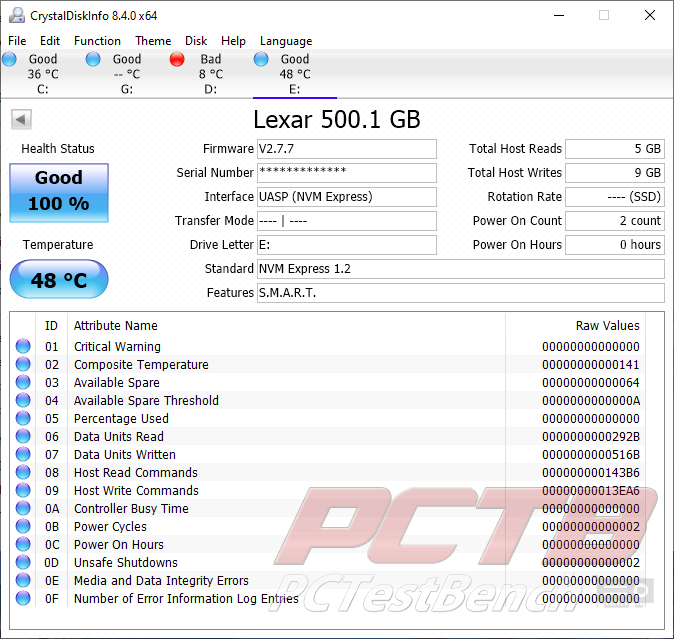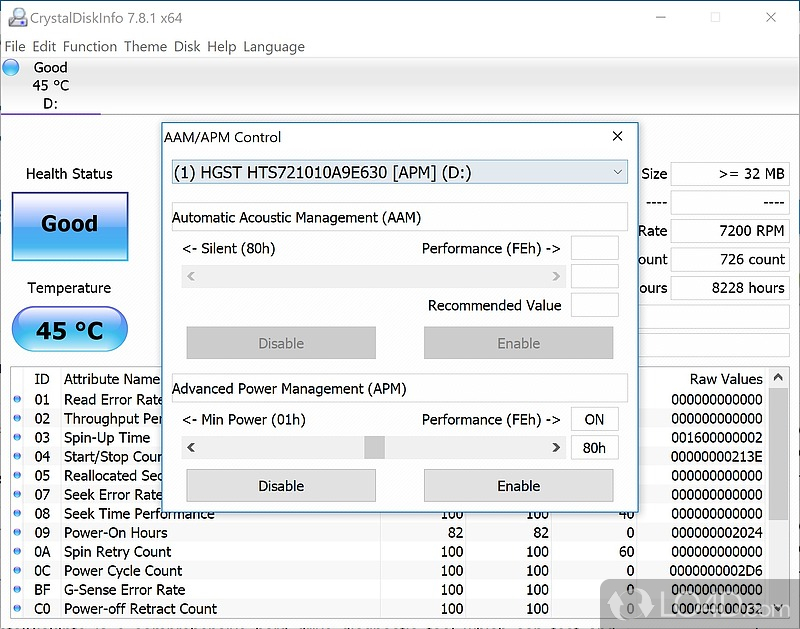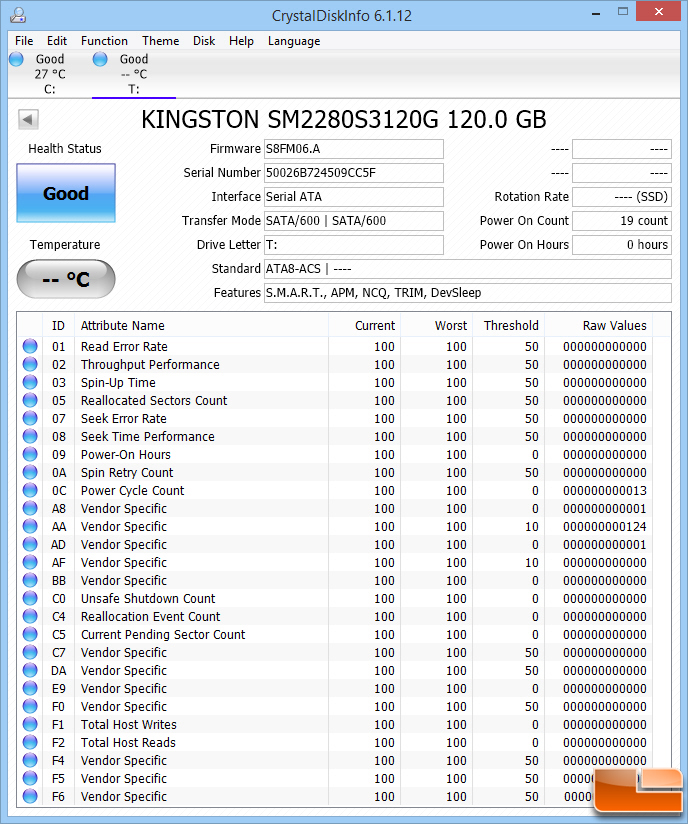

The results were consistent once again – with sequential Read of 2021MB/s and Write speed of 1749MB/s. We followed up the test with a higher test size, setting it at 32GB. Moving on to CrystalDiskMark, the results were as expected and the speeds were up to what Kingston claimed as well – a Sequential Read of 2004MB/s and write of 1733MB/s, this is on a part load. Starting with our CrystalDiskInfo, looking at the specification – it matches to what Kingston claims and there isnt any odd anomaly to be noticed. Our first test with the Kingston SSD is going to be around some of our benchmark tools: CrystalDiskInfo, CrystalDiskMark and ATTO Diskbench. Usually, budget friendly SSDs cost the price tag they carry as manufacturers need to cut the cost somewhere anyway – so in this case, this SSD doesn’t have a DRAM, making the Kingston NV1 a DRAM-less SSD. Taking a closer look at the NV1, you will notice that the SSD houses – 4 NAND chip (the Storage chips) and a controller from PHISON. Specification wise – Kingston rated the speeds on these quite generously: with a Sequential Read/Write of 2100/1700MBs on all capacities.

Gone are those 128s and 256s which – personally, its really kind of a waste of your pretty penny. The NV1 comes in three different storage capacity to choose from – 500GB, 1TB and 2TB, respectively.

It comes in a simple package, much like the A2000 we reviewed a while back. There’s nothing fancy about the SSD really, the Kingston NV1 is a pretty simple looking PCIe NVMe M.2 SSD with a Blue PCB. But this SSD is aimed at another target demographic, the ones who are getting an SSD for the first time to experience M.2 – does it fulfill those users’ requirement? Look and Specification But that really isn’t the case here with the Kingston NV1, their entry level M.2 NVMe SSD – well, at least for the most part of it. Mostly, with compromises that takes a huge hit on the quality of the product and what it should be. Affordability is key to any product but that comes with caveats.


 0 kommentar(er)
0 kommentar(er)
